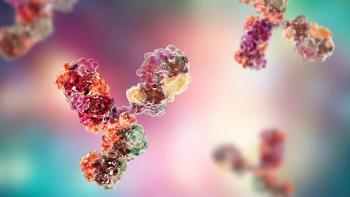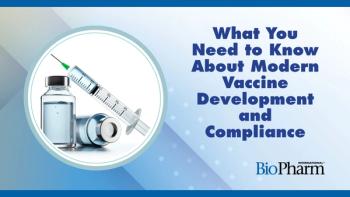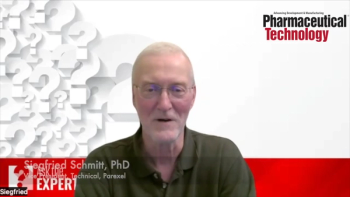
- BioPharm International-01-01-2012
- Volume 25
- Issue 1
A 25-Year Retrospective on Separations Technology
This month, we rewind to "Separations Technology Outlook, Part II: Improved Recovery and Greater Purity."
This article identified the major challenges with membrane technology as "considerable fouling from solids in the solution that clog the membrane, molecular weight and pore size specifications that often are inaccurate because of the inexact process of membrane fabrication, and vulnerability of membranes to degradation after repeated sanitization steps" (1). BioPharm International talked to Michiel E. Ultee, chief scientific officer at Laureate Biopharmaceutical Services and a member of Biopharm International's Editorial Advisory Board, about what's changed since the article's publication.
BioPharm: Have the problems with membrane technology that the authors cited been resolved?
Ultee: Yes. Combination or layered membranes now incorporate prefilter layers to prevent clogging of the molecular-filter layers. Pore size, in terms of molecular weight, is still not precise, but most users have methods that take this into account by applying size-separation membranes only where significant size differences appear, such as concentration of proteins. Better materials are now available that resist degradation by sodium-hydroxide sanitization.
BioPharm: Have affinity membranes led to dramatic gains in purification efficiency and begun "to encroach on chromatography's turf?"
Ultee: No. Affinity membranes have not really been accepted. The low capacity of membranes plus the high cost of affinity supports have prevented their acceptance.
BioPharm: During electrophoresis, can researchers now read gels in real time without staining them beforehand? Has electrophoresis become faster and more automated?
Ultee: Real-time staining is not yet possible with gels, but can be done with capillary electrophoresis, a technique that has evolved after a shaky start. Gel staining and destaining has become much faster and more sensitive.
BioPharm: Where will separation technology be in another 25 years?
Ultee: As the need for larger quantities of proteins emerges, processes will be developed that take advantage of technology available in the food and beverage industry. They will include techniques, such as precipitation, filtration, and resolubilization.
REFERENCE
1. N.E. Pfund and K.G. Charles, BioPharm Intl. 1 (1), 29–33 (1988).
Articles in this issue
almost 14 years ago
BioPharm International, January 2012 Issue (PDF)almost 14 years ago
Auditing by the Numbersalmost 14 years ago
Here's to a Year of Compromisealmost 14 years ago
USAID Moves Global Healthcare Initiatives Forwardalmost 14 years ago
Therapeutic Vaccine Outlookalmost 14 years ago
Budget Crunch, Political Battles Shape Policy Agenda for Yearalmost 14 years ago
An Overview of Risk Assessment Strategies for Extractables and Leachablesalmost 14 years ago
Global Economic Woes Overshadow Biotech Industry Advances in 2011Newsletter
Stay at the forefront of biopharmaceutical innovation—subscribe to BioPharm International for expert insights on drug development, manufacturing, compliance, and more.





